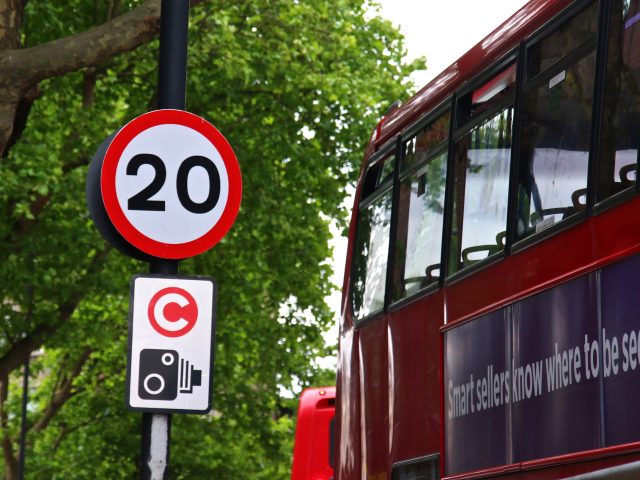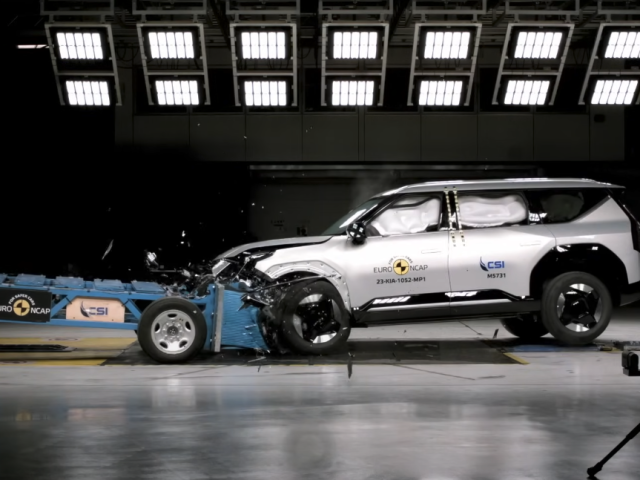Drink-Driving in The Netherlands
Figures
Reliable estimates on the proportion of crashes due to alcohol in traffic are not known in The Netherlands. In 2015, it was estimated that 12 to 23% of road deaths in the Netherlands were alcohol-related. There were only nine alcohol-related deaths officially reported in police records in 2015, but a study by SWOV estimated that the actual number was between 75 and 140 in the same year.
More recently, a new study from SWOV published in 2021 stated that drink-driving remains a particular cause for concern in The Netherlands. The percentage of offenders for drink-driving increased in 2019 (2.3%) compared to 2017 (1.7%). The proportion of more serious offenders with a BAC of 0.8g/l or more increased as well compared to previous years from 0.5% in 2017 to 1.1% in 2019.
National policies
The Dutch National Strategic Road Safety Plan to 2030 includes several policies related to drink-driving . These are:
- Work on the basis of data, insight and improved research methods;
- Put stronger efforts to raising awareness on the risks related to driving under the influence among the driving population;
- Match measures with types of offender: The largest group of users of alcohol and drugs is the occasional user who is driving under the influence of alcohol. For this group, the approach focuses on preventive policies that encourage increased awareness about the risks of substance use and a clear social norm. There are also serious offenders or addicts, a relatively small group that poses the greatest threat to road safety. This requires a customised approach;
- Approach issues from a broader perspective: cooperation with partners from the field to be examined (for example the Ministry of Public Health, Welfare and Sports);
- Increase (subjective) chance of being caught;
- The limit for a psychiatric evaluation into alcohol dependence is to be lowered, so that a larger group of alcohol users cannot drive for at least a year if they have a positive score. These administrative legal measures would also be extended to drivers of mopeds, scooters and mobility scooters.
BAC limit and sanctions
The legal Blood Alcohol Concentration (BAC) limit for standard drivers is 0.5g/l
The legal BAC limit for novice and light-moped riders is 0.2g/l
For pedestrians there is no legal alcohol limit. However, the police can report a pedestrian for public intoxication. In such a case, the police will not take a breathalyser test or a blood test, but assess the physical characteristics of drunkenness and the behaviour of the pedestrian.
Sanctions for drink-driving offences based on the BAC level are summarised in a detailed table in the full report here.
Enforcement
Police do not usually publish data on the hours spent on alcohol checks as they are random, therefore it is not possible to estimate the level of enforcement in place in The Netherlands.
However, a study published by the Ministry of Infrastructure at the beginning of 2021 on driving under the influence showed some interesting figures. In The Netherlands, alcohol checks are carried out every two years in collaboration with the police, spread over the 10 Dutch police regions. More than 10,000 breath tests were conducted in 2019. In 2017, the number of breath tests taken was higher (more than 13,000). The percentage of offenders above the legal BAC has increased sharply from 1.4% in 2017 to 2.3% in 2019.
Rehabilitation and Alcohol Interlock programmes
Rehabilitation courses: LEMA (Light Educational Measure Alcohol) and EMA (Educational Measure Alcohol) are two educational measures that can be imposed in The Netherlands on drink-driving offenders. LEMA and EMA are courses about the risks of alcohol use in traffic, and on the necessity of separating alcohol consumption and traffic participation.
Alcohol Interlock programme: The Dutch alcohol interlock programme was a mandatory programme for first offenders with a BAC of 1.3-1.8 g/l. Above 1.8 g/l, a medical psychological assessment was conducted on alcohol dependency. If the driver was assessed not to be alcohol dependent, he/she was obliged to participate in the alcohol interlock programme. For novice drivers and for repeat offenders the BAC limit for inclusion was set lower at 1.0 g/l.
The Dutch Alcohol Interlock Programme was suspended for new cases in 2014, and in March 2015 the Council of State ruled that the CBR (the administrative department responsible for driver testing and licences) could no longer impose it, the main argument being that the AIP may have disproportional effects in a considerable number of cases.
Campaigns
In 1995, the Bob campaign encouraging groups going out drinking to appoint a designated driver, was launched in Belgium. In late 2001 it was introduced in the Netherlands. The campaign is a joint initiative of the Ministry of Infrastructure, the drinks industry, including Dutch Brewers, and the Safe Traffic Netherlands association.
In 2017 BOB teams reached 1.5 million people at festivals and 126,500 breathalyser tests were carried out. 200,000 people were reached at the Zwarte Cross festival and 20,000 breathalyser tests were carried out. The effect of Bob campaigns, however, goes hand in hand with the intensified enforcement of driving under the influence, often aligned with the Bob campaign.
To read the full country focus click here.







